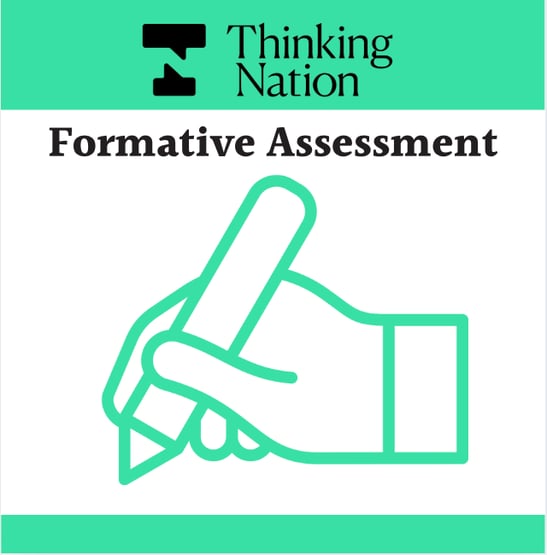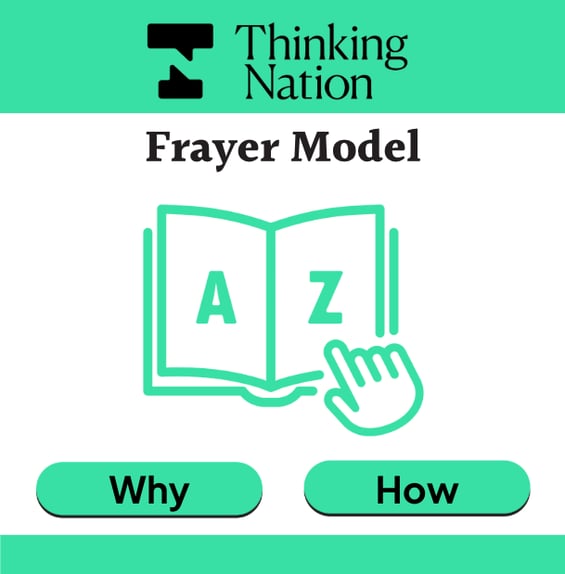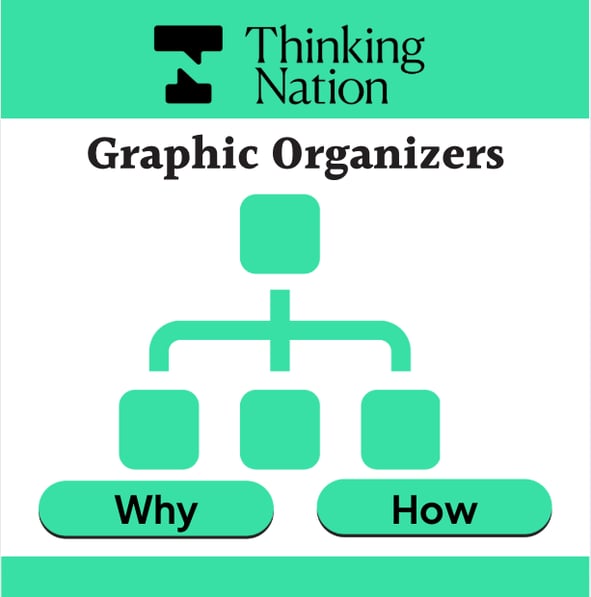
About Unit 1
💭 Essential Question: How did cross-cultural interactions through trade, exploration, and religion shape the development and connectedness of societies across Afro-Eurasia during the 14th and 15th centuries?
Global Exchange & Societies focuses on global interactions and cultural exchanges across Afro-Eurasia during the 14th and 15th centuries. Students will analyze how trade, early exploration, and religion shaped the development and connectedness of societies during this time period. Students will explore the impact of long-distance trade across Afro-Eurasia, particularly the exchange of natural resources, goods, ideas, and diseases that led to the Black Death in Europe. The development of trade networks, including the Silk Road, Indian Ocean, and Trans-Saharan route, allowed early exploration to occur. Students will evaluate the accounts of early explorers such as Ibn Battuta, Marco Polo, and Zheng He to understand the customs, lives, and societies of various regions across Afro-Eurasia. Lastly, students will complete a comparative analysis of how major belief systems—Islam in Songhai, Christianity in Europe, and Confucianism, Buddhism, and Daoism in Ming China—shaped political and social structures.
%20(800%20x%20200%20px)-Jun-16-2025-03-52-14-7219-PM.png)
Formatives assessments are a powerful way to measure how your students are progressing towards identified learning objectives (Additional Video).
▶️ Video
Graphic organizers are visual tools that help support students to structure, analyze, and understand information (Additional Video).
▶️ Module






%20(800%20x%20200%20px)-Jul-25-2025-10-05-34-0370-PM.png)